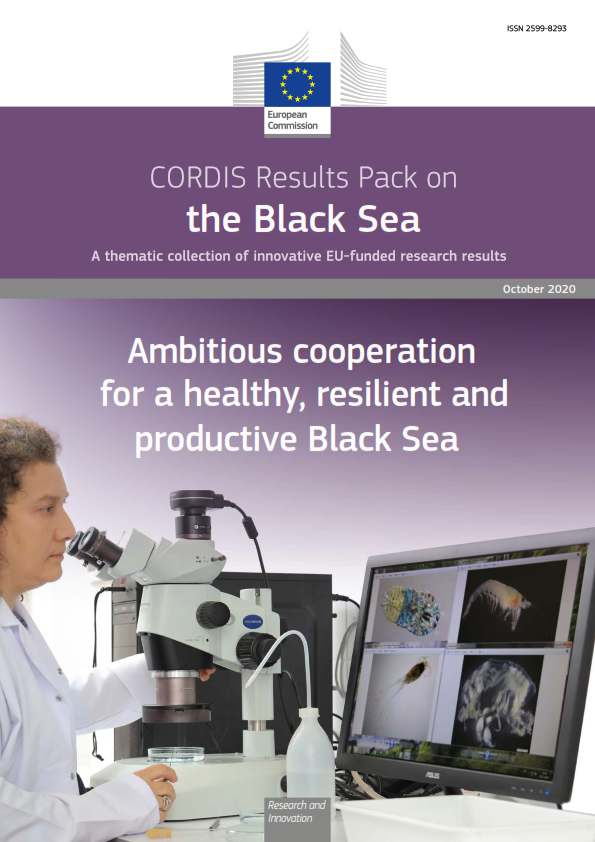Main pillar:
- Climate Action, Environment, Resource Efficiency and Raw Materials
Budget:
Currency:
Call deadline:
Statut:
- Open
Description:
SpecificChallenge:
The typical drive cycles of fuel cell electric vehicles (FCEVs) are discontinuous, characterized by steep and unscheduled load transients, leading to an increased degradation rate compared to fuel cells used for most stationary applications. Thus, the highly dynamic nature of the drive patterns shortens the lifetime of automotive fuel cells, and lifetime limitations remain one of the key challenges for FCEV commercialization by adding to high total cost of ownership (TCO). It is, hence, urgently needed to address the issues of diagnostics and control which are expected to have a major impact on the competitiveness of FCEVs compared to conventional propulsion technologies. Diagnostics include the detection of faults/problems as well as identification of what is causing the faults/problem. Control includes the scheduling of power production, management of hybridisation strategies, and management of ancillary units.
Scope:
The project will focus on reducing the degradation to a minimum by means of control actions guided by condition monitoring and diagnostics. Activities will be devoted to developing diagnostics and control-based solutions to extend the lifetime of the present generation of automotive fuel cell systems, based on one hand, on the current scientific knowledge in degradation of fuel cells and balance-of-plant (BoP) components and, on the other hand, on feedback from past and on-going projects with the potential application also for future generations of automotive fuel cells.
The project is aimed at addressing the following objectives:
- Enhanced understanding of component and stack degradation mechanisms in real operating conditions using both experimental and modelling approaches in order to define the most suitable and efficient monitoring and diagnostic tools
- Development of appropriate monitoring and diagnostic methods for observing degradation of automotive fuel cells and BoP components, requiring no or only minor modifications to existing systems to be implemented
- Development of cost-effective control methods for automotive fuel cell systems, with the ability of minimising the progress of degradation in fuel cells when integrated with the diagnostic methods mentioned above; Preferentially, these methods should be modular, easily portable to other systems and not tied to a specific technology or design
- Implementation of the developed diagnostics and control systems in a prototype with a special focus of power management between FC system and battery pack. The implementation will be chosen among the classes of FCEVs identified in the MAWP: passenger cars and buses
- Demonstration of the prototype in operation, preferably in relevant environmental conditions, for a length of time sufficient to quantify the gains in terms of system lifetime obtained by the implementation of the new diagnostics and control system
- Validation of the applicability of the developed methods on future generations of fuel-cell systems
The FC stack hardware may also be within the scope to be funded, although it is not the focus of the innovation. The FC stack is required to demonstrate the system level performance and may therefore be adapted from existing technology.
ExpectedImpact:
- Reduce the fuel cell system cost including the additional cost of the diagnostics and control system, below the following thresholds, corresponding to the 2020 FCH2 JU targets:
- 100 €/kW for passenger cars at 50,000 units
- 1000 €/kW (or 500 €/kW)[[Depending whether the bus system will be composed by one larger bus fuel cell stack or two passenger car stacks]] for buses at 200 units
- Attain the FCH 2 JU targets for lifetime of automotive fuel cell systems for 2020; since several of these targets would require one or two years to validate in real time, while validation with real time operation is preferred, they may also be validated with proven accelerated protocols or proven prognostic methods:
- 6,000 h for passenger cars
15,000 h (or 2 x 8000 h)[[Depending whether the bus system will be composed by one larger bus fuel cell stack or two passenger car stacks, and hence will have to be replaced once during the lifetime targets.]] for buses









